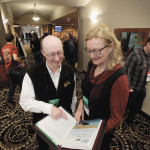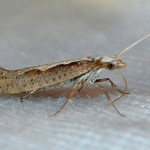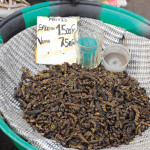
Tag Archives food production

Prairies to play pivotal role in future food production
Climate change will provide both challenges and opportunities for Prairie producers by the year 2050

The ultimate consumers’ choice award
Significant change is needed throughout the sector to secure Canada’s future global competitiveness

Prepare for climate change, conference told
Warmer winters will increase the risk of diseases and pests farmers haven’t had to deal with before

Business leaders debate what being a ‘trusted’ food supplier means
There is more that connects agri-food businesses in Canada than divides them

Farmers asked to speak up on GE technology
When conversing about modern-day agriculture technology, be as honest and accurate as possible

Editorial: The votes that matter

Genetically modified diamondback moth offers pest control hope
The modified moths can mate as well as any other but they only produce male offspring

Insect farming gains ground in fight against hunger
A kg of crickets sells for twice the price of beef in the Kinshasa market

Increasing food production not the answer to population growth
In developed countries people waste food by eating too much of it, causing health problems and additional social costs

Manitoba’s Small Scale Food Report is food for thought
A growing number of citizens is interested in buying food direct from the farm


